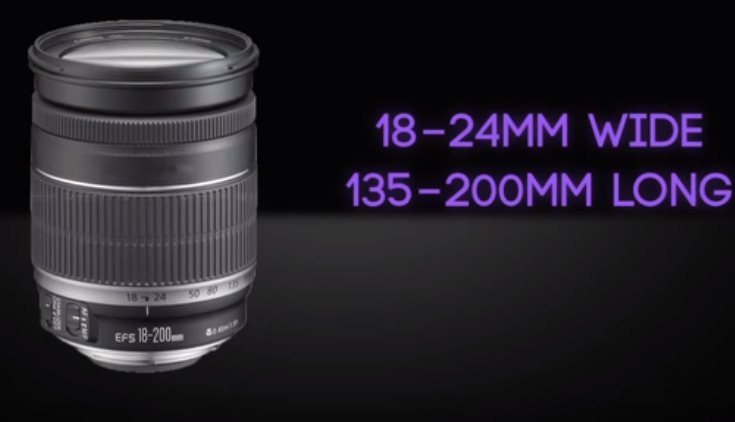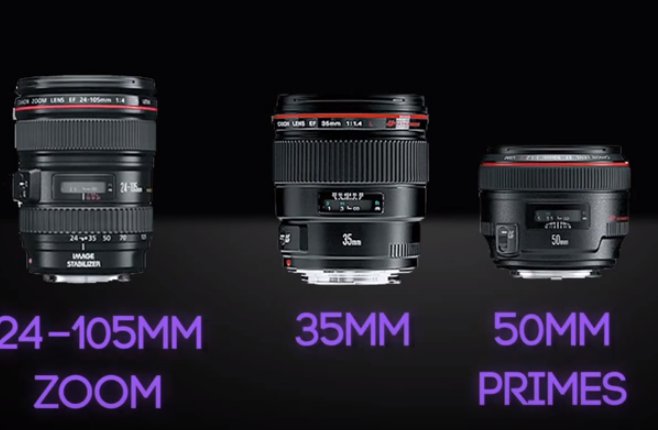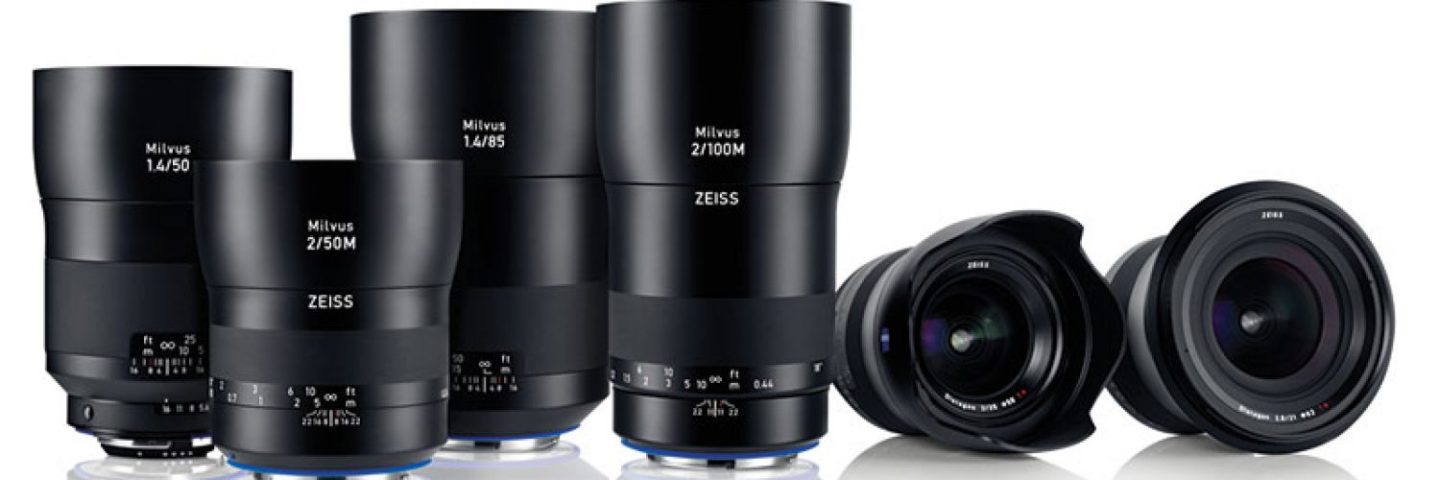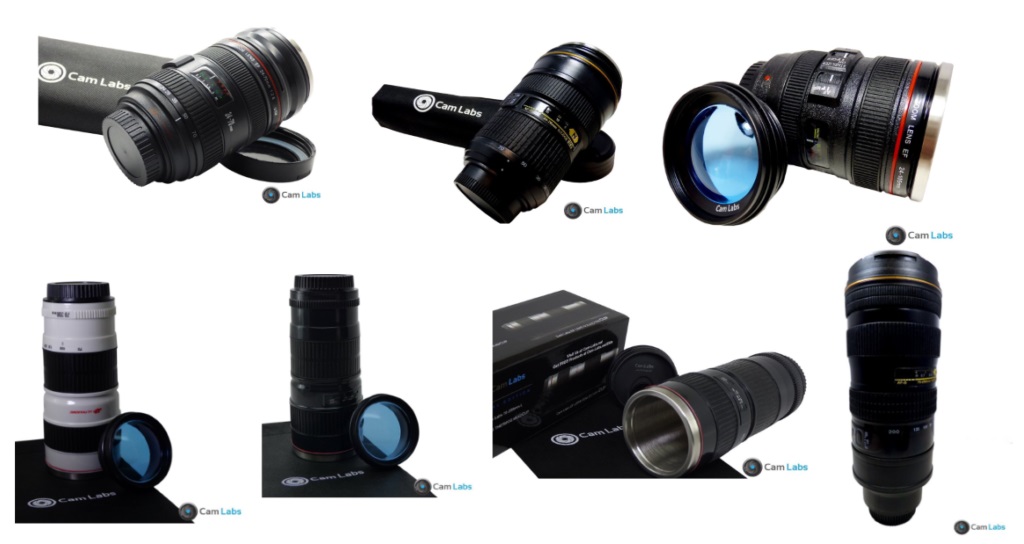For any photographer, the lens is the most important part of their camera. Depending on how it’s used, it can produce good or bad results. Lenses control the image that’s shown on the surface of the imaging sensor, and determines what photos you’re going to shoot. As a result, most photographers would rather shoot with effective lens on a cheap camera, than with ineffective lens on an expensive camera. Therefore, knowing the perfect lens to buy is crucial. The best lens will give you the freedom to shoot whichever photos you want.
Which DSLR Lens Do I Need?
There are various ways of answering this question but first, if you’ve the kit lens, you might try it and see how it works but if your camera does not have kit lens, you might have to visit your local electronics store and buy a telephoto zoom lens or a typical prime lens.
A better and more satisfactory answer is that you need to take into account the type of pictures that you mostly shoot. It’s advisable to know how different types of lenses could enhance the quality of your photos and allow you to upgrade your skills as well. Keep on reading to learn more!
The Best Gift for Photographers

Camlabs camera lens mugs are by far the best mug replicas of DSLR lens on the market. The real lenses which have been replicated by these mugs include Nikon 70-200mm, Nikon 24-70mm, Canon 24-105mm, Canon 70-200 f/4 and Canon EF 24-70mm. The great thing about these mugs is that there are various types of detachable lens cover lids that you can choose from. These include super realistic slide-to-sip lids and clear lids. The cups have real zoom features and are capable of holding adequate amount of tea or coffee. In fact, if you place your mug replica besides your real lens, it’ll be difficult to differentiate between the two.
Furthermore, these mugs are made of stainless steel, which is greatly insulated. This makes them ideal for drinking hot coffee and tea. Get your CamLabs camera lens mug today on Amazon or other elite photography stores!
How Do I Pick The Right Lens For My DSLR Camera?
When you look at the side of your lens barrel, you’ll obviously see some letters and numbers. These details can probably tell you so many things about the lens. But the most important details which you should concentrate on are those on format type, lens mount, maximum aperture and the focal length.
Focal length
Focal length is normally stated in mm (e.g. 25mm, 75mm or 135mm). Higher focal length enables you to capture subjects which are far away while lower focal lengths are perfect for creating wider shots. What you should understand is that if the focal length is given as range (24-80 mm for instance), that’s a zoom lens. One the other hand, if the focal length is given as a single number (e.g. 50 mm), that’s a prime lens. In many cases, photographers prefer prime lenses to zoom lenses.
In addition, you should understand that a specific focal length produces different views on cameras with different sensor sizes. Therefore, if your DSLR camera has a smaller sensor, it’s advisable that you consider this when choosing your lens.
Maximum Aperture
This is the maximum amount of light that the lens can accumulate. The larger the maximum aperture the more the lens can gather light. When it comes to maximum aperture, you should understand that lens with larger maximum apertures are the ones with lower numbers. The more your lens can gather light the more it can do well in lower-light conditions, without having to use a flash.
Lens Mount

Beyond any reasonable doubt, you would want to buy a lens that can fit on your DSLR camera. In most cases, camera manufacturers design lens that can only fit on specific cameras. There are also some multiple lens mount for different DSLR camera brands available on the market. You should always know which lens mount your camera uses before you can decide to buy it.
Format Type
Aside from mounting the lens on your DSLR camera, it should also be able to create an image that’s large enough to cover the image sensor. This reason for this is that there are different sensor sizes for different cameras. In most cases, DSLR camera manufacturers’ design specific lens to work with certain cameras. Therefore, you should first know the type of image sensor your camera has before buying a lens for it.

